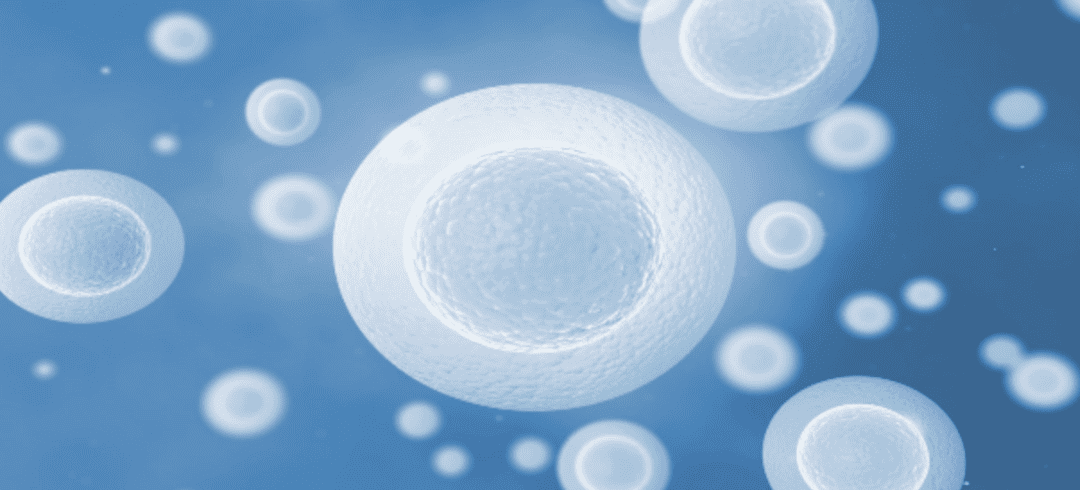Regenerative medicine, also known as stem cell therapy, offers a new range of treatment options for patients suffering from neurological disorders. Here we will discuss Stem Cell Therapy for Neurological Disorders.
Neurological conditions often rely on symptom management through medication. However, stem cell therapy has begun to emerge as a new alternative management option for neurological conditions.
How Does Stem Cell Therapy Work?
Stem cells are the only cells in the human body that can differentiate into specialized cells. Stem cells lie dormant throughout the body in bone marrow, fat tissues, and various organs until they’re needed to regenerate lost or damaged tissue.
When stem cells regenerate, they undergo a process called asymmetrical division. In this process, one cell becomes a perfect replica of the stem cell, and the other cell becomes a specialized cell. Stem cells also reproduce rapidly, so they react quickly when called to action.
The new cells work to repair or replace damaged cells, heal wounds, and restore function lost through dead or damaged cells.
What Neurological Disorders Benefit from Stem Cell Therapy?
As regenerative medicine research continues to grow, studies exploring the effects of stem cell therapy on neurological disorders have shown positive results in helping to manage many conditions such as:
Cerebral Palsy
Cerebral palsy is a condition that develops before, during, or shortly after birth due to damage to the brain. Symptoms of cerebral palsy in children include poor coordination and underdeveloped reflexes.
In studies, stem cell therapy shows the potential to replace damaged or nonfunctional brain cells in cerebral palsy patients, provide support to the neurons, and reduce scarring in the brain.
Multiple Sclerosis (MS)
Multiple sclerosis is an autoimmune disease in which the immune system attacks the central nervous system and damages the nerve fibers. The damage to the nervous system interrupts the communication between the brain and the rest of the body, causing symptoms like pain, weakness, and vision loss.
Trials exploring stem cell therapy in treating MS resulted in most patients not experiencing a relapse in MS symptoms or brain lesions for five years after their treatment.
Parkinson’s Disease
Parkinson’s disease is a neurodegenerative condition in which the loss of neurons in an area of the brain stem reduces dopamine production. As a result, patients with Parkinson’s disease can experience problems with movement, muscle control, gait, and balance.
In early studies, stem cell therapies worked to replace the lost neurons, and patients saw a reduction in muscle rigidity and tremors.
While there’s plenty of work needed to understand the most effective methodology and course of treatment, early research on using regenerative medicine to treat neurological disorders points to promising results. If you would like to learn more about stem cell therapy for Neurological disorders, contact a care coordinator today at Stemedix!


 St. Petersburg, Florida
St. Petersburg, Florida
